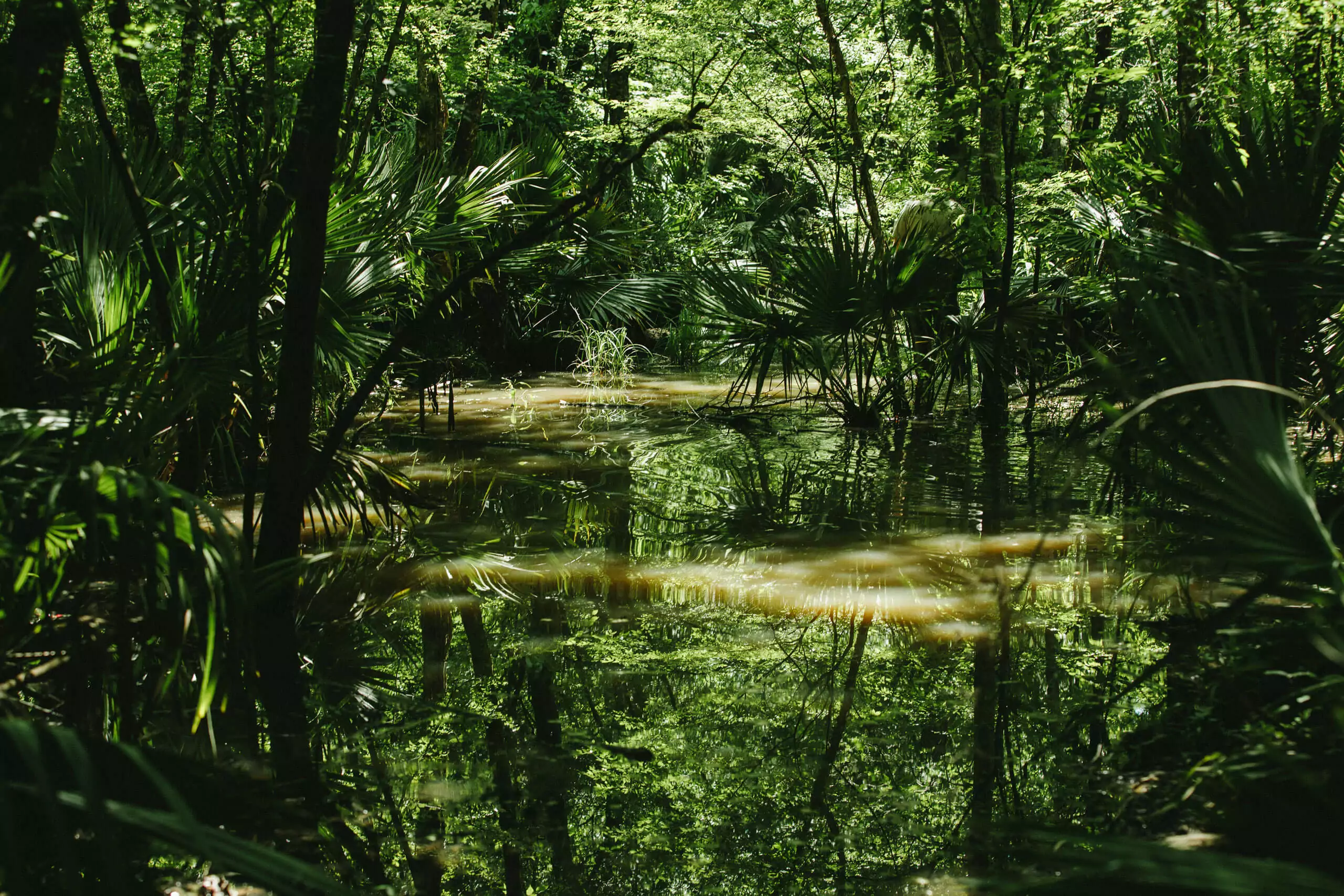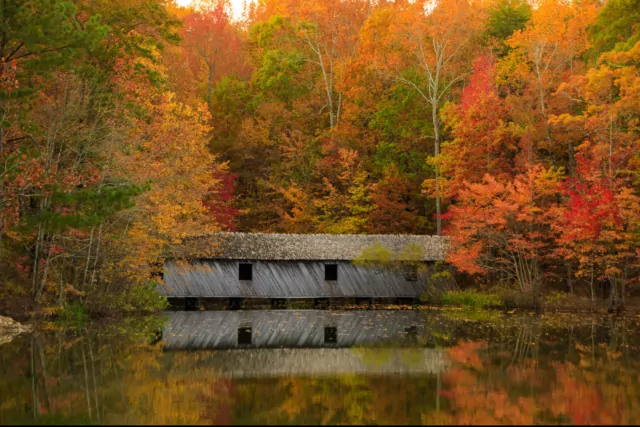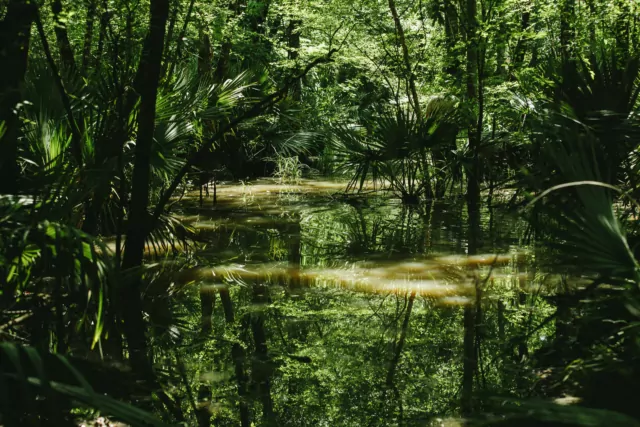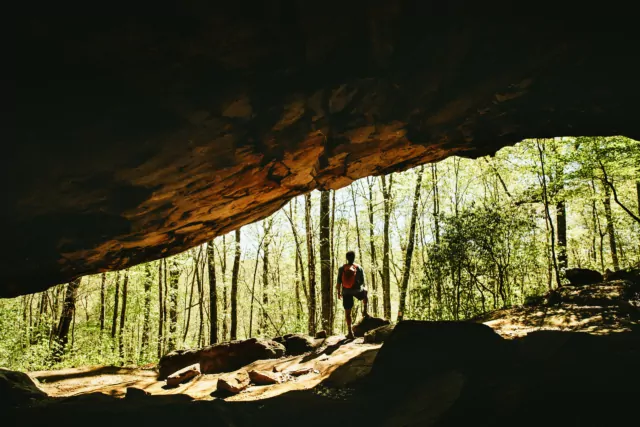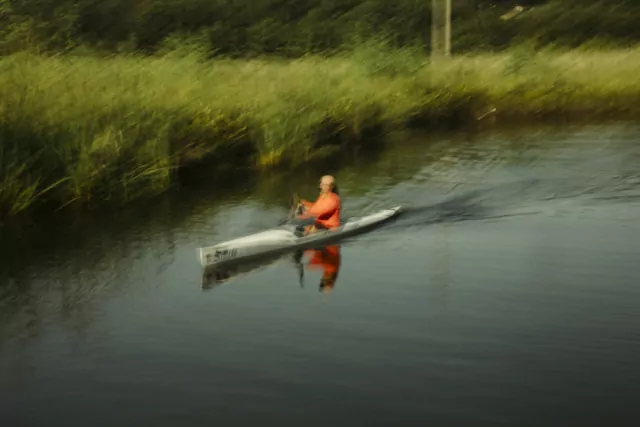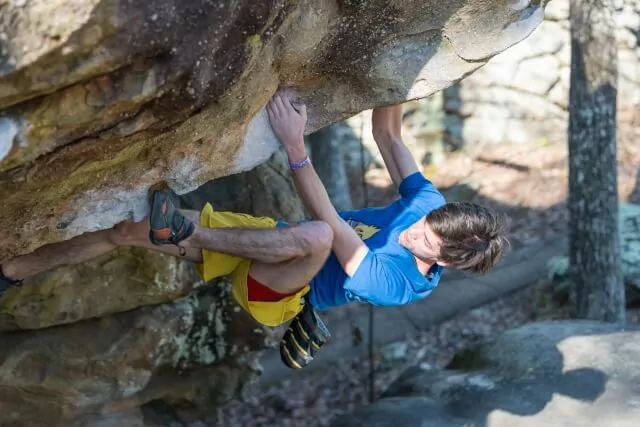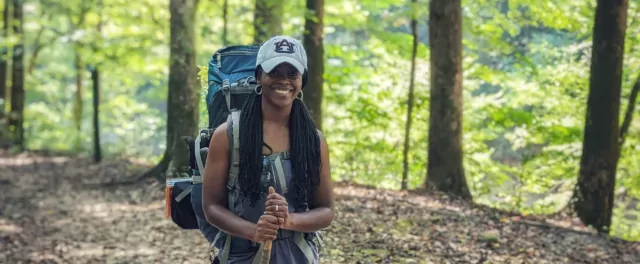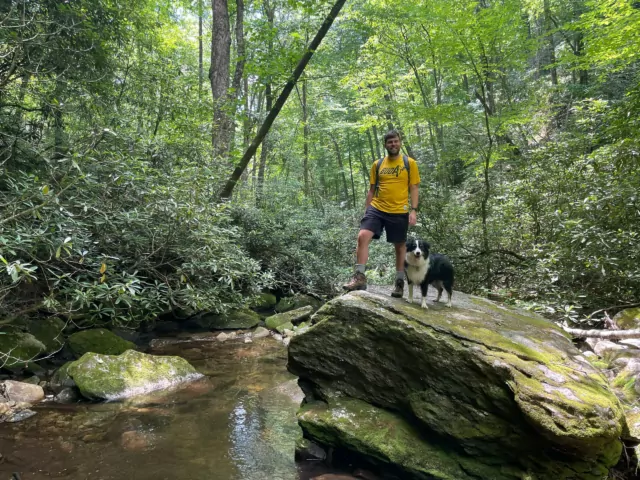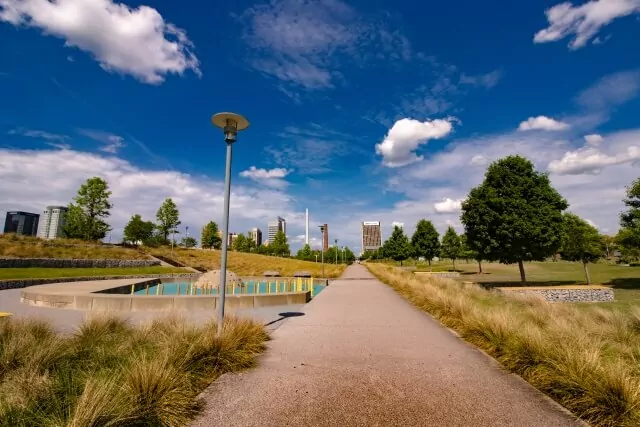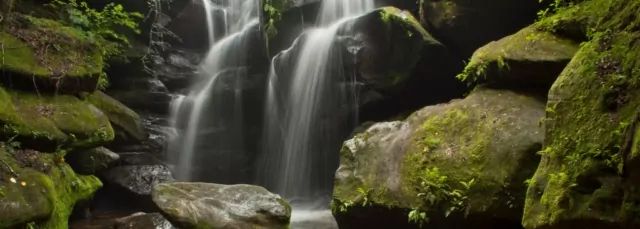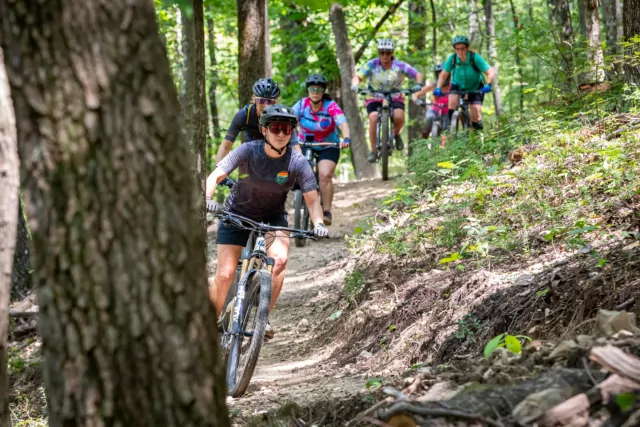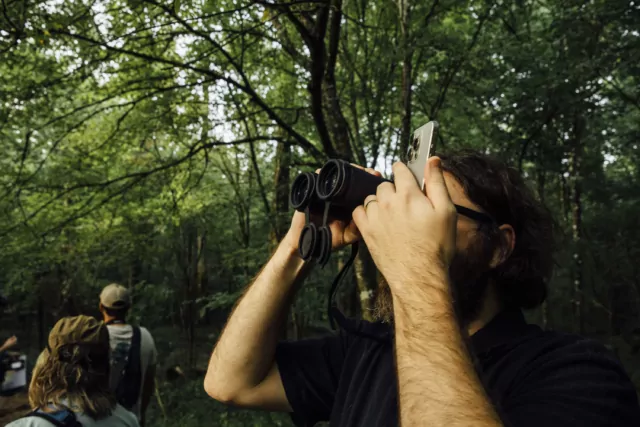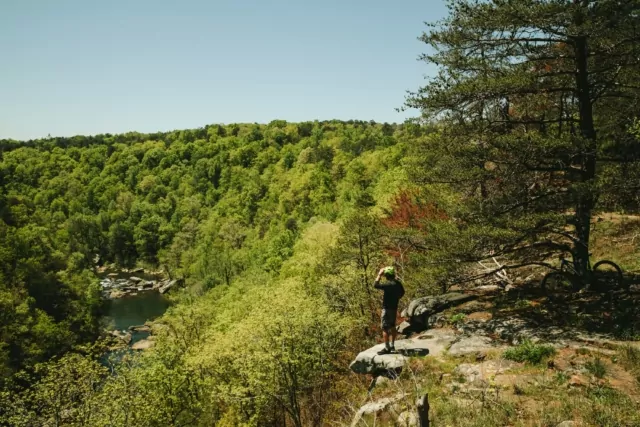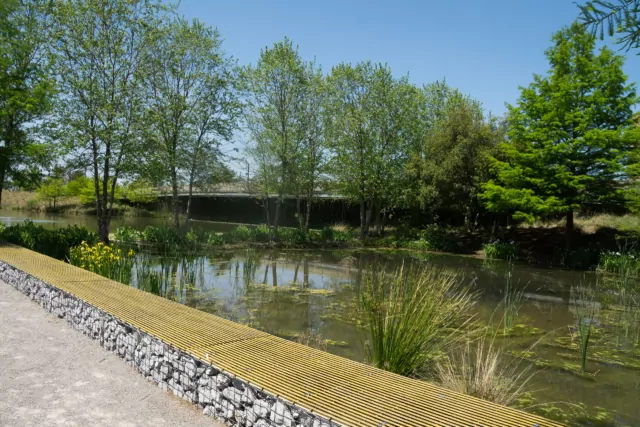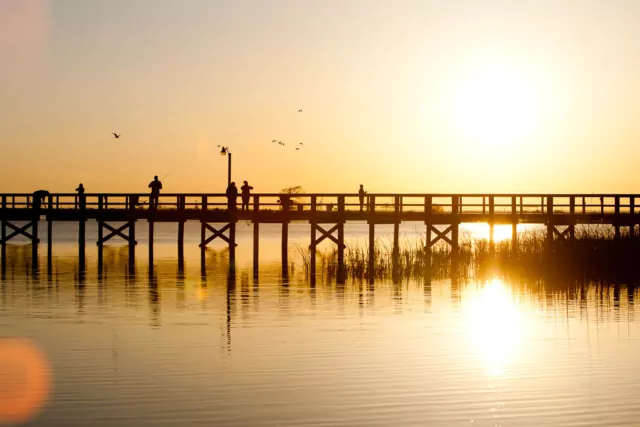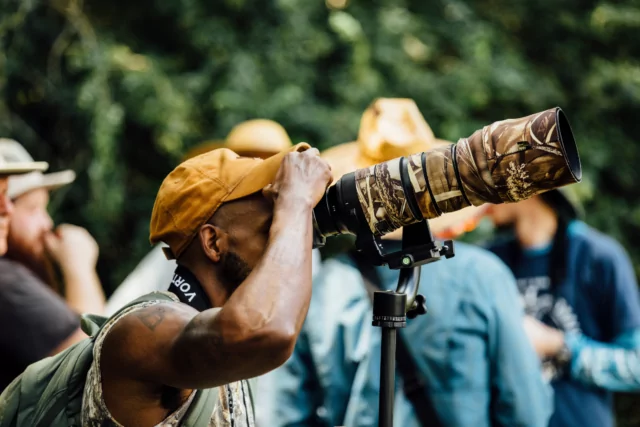Everywhere I look, life flourishes.
Everywhere I look, life flourishes. An alligator slides from the bank into dusky green water. Willows’ ribbon-like leaves hang from bending branches swaying above the slough. A brown pelican perches on the twisted limb of a greyed cypress, eyeing a jumping bass. Overhead, a swallowtail kite soars in a cloudless sky, the sharp points of its tailfeathers silhouetted against brilliant blue.
If someone told me I was traversing the Amazon River, I’d believe them. The idea tracks. Called “North America’s Amazon,” Alabama’s Mobile-Tensaw Delta, which I’m exploring on a boat loaded with scientists and conservationists, rivals the South American river system for biodiversity.
Encompassing approximately 200,000 acres, the delta’s twisty wetlands, bayous and sloughs weave around each other and snake between spits and swaths of land, creating a dynamic ecosystem where Mobile Bay welcomes flows from two-thirds of Alabama’s rivers before they seep into the Gulf of Mexico. It’s the second largest river basin in the country and the most extensive wetland in the state, teeming with plants and animals, including more than 50 rare, threatened or endangered species and the largest number of freshwater creatures in the United States.
Flux defines the delta. Floods rise and fall. One bank erodes while the other gains ground. Yet manmade changes brought by logging and development threaten this natural ebb and flow. “In the 1950s and ‘60s duck would blacken the sky. There are very few ducks now,” says Jimbo Meador, who grew up hunting and fishing the vast wilderness, and for decades, operated Jimbo’s Delta Excursions, transporting others deep into its coves and glens. “When I was much younger, the water of Mobile Bay was so clear, I could see to the bottom to gig flounder. I’ve witnessed many changes in the delta.”
Sometimes, change is good. In the last 30 years, we’ve shifted mindsets, leading to protective actions, like a recent decision to remove almost 22 million cubic yards of toxic coal ash stored in ponds on the edge of the lower delta. According to Chris Blankenship, Commissioner of the Alabama Department of Conservation and Natural Resources, continued conservation of the delta remains essential, and he points to increased recreation as one of the key steps.
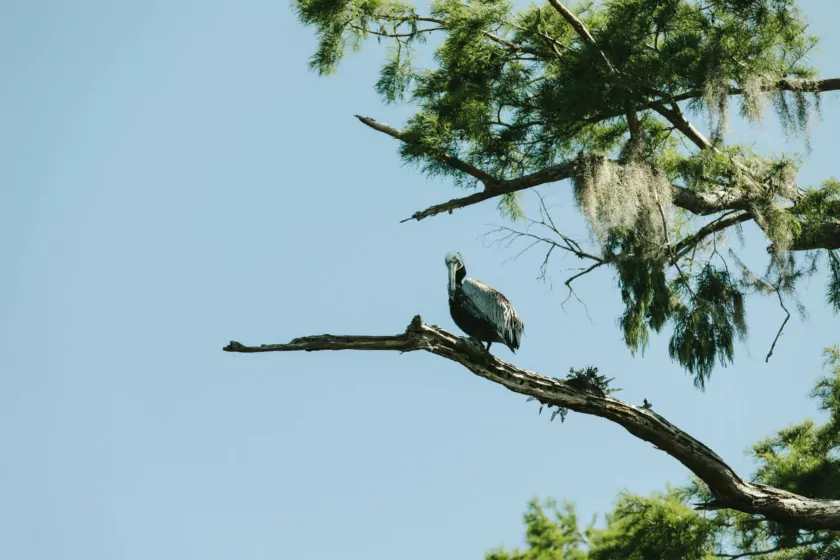
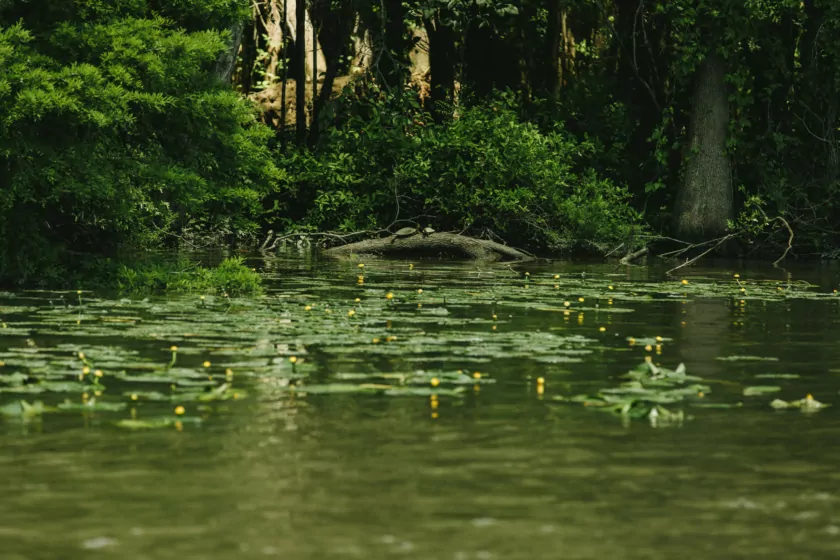
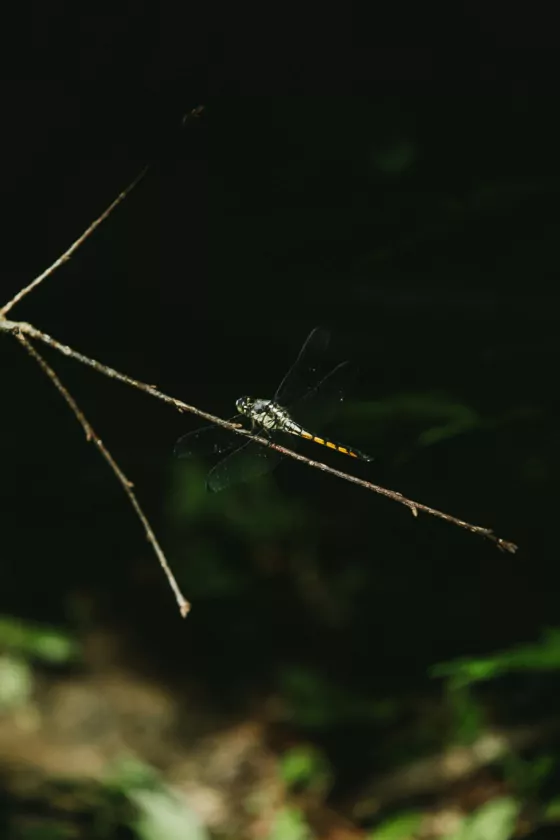
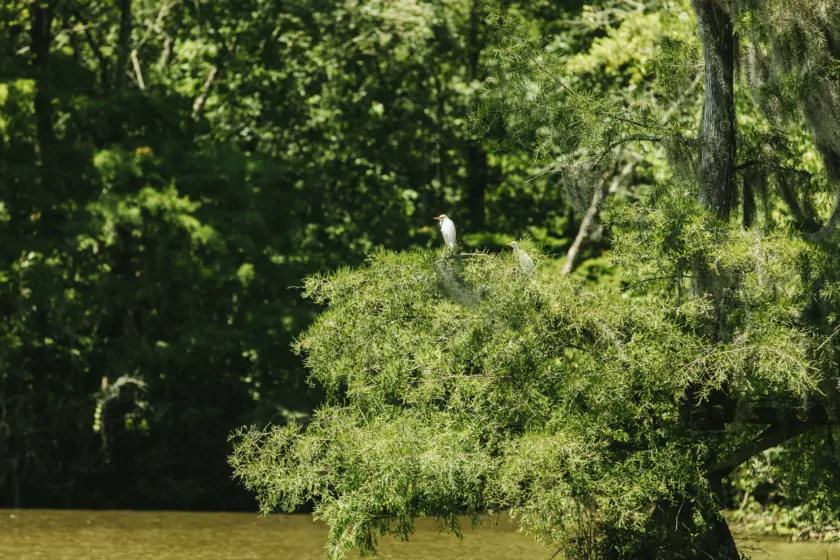
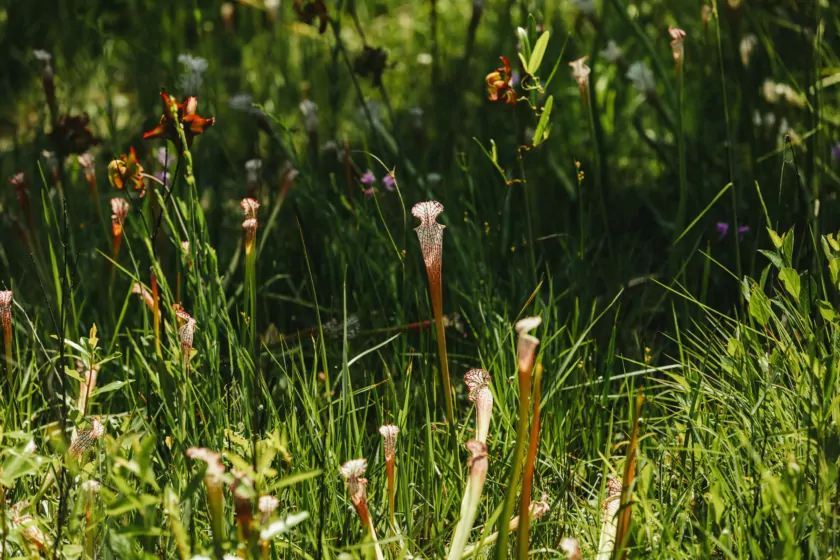
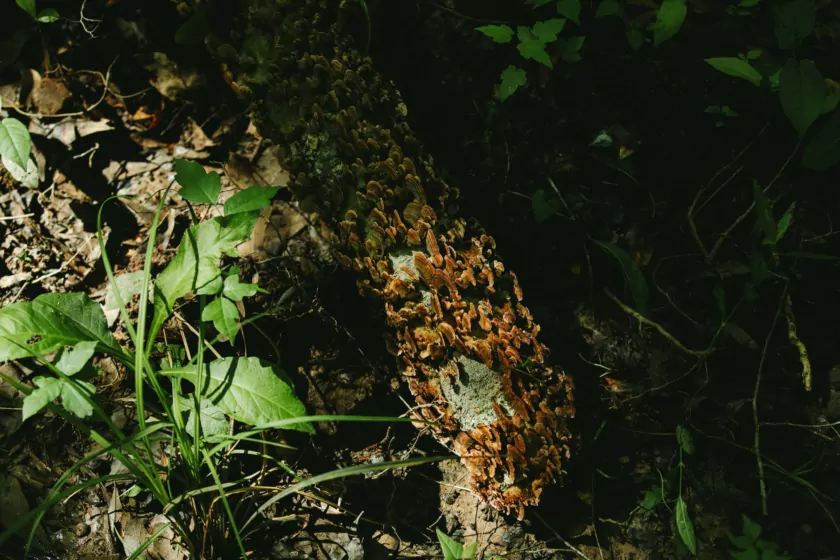
Priority Protection
Since 1992, the State of Alabama’s Forever Wild Land Trust has bought 300,000 acres throughout the state and designated them recreation and wildlife management areas, nature preserves and state parks, permanently protected but also open to use. “These tracts provide public access that is critical in supporting the natural heritage of Alabama, which has been — and continues to be — tied to outdoor recreation,” says Blankenship. “About 97 percent is open for hunting, and 99 percent is open for exploring.”
With property all over, Forever Wild puts priority on the delta’s value, overseeing two wildlife management areas totaling 100,000 acres, some of which were still being clear cut not too long ago. Today, spots like Mifflin Lake, where 500-year-old cypress trees rise from the water, seem suspended in a bygone time untouched by man. “There are no structures anywhere around, and it will stay that way thanks to Forever Wild,” says Chris Oberholster, The Nature Conservancy’s (TNC) director of external affairs in Alabama.
And Forever Wild isn’t done; it’s currently considering buying several new delta tracts. Plus, in late 2023, TNC purchased an additional 8,000 acres in the upper delta. A more-than-$5 million donation from Patagonia’s Holdfast Foundation — its largest gift to date — made the deal possible and underscores the delta’s significance to not only the southern Alabama communities it touches, but the entire state and the nation.
The irreplaceable habitat’s creeks, marshes, cypress swamps, tupelo gum ponds and miles of bottomland hardwood forests — even one of the world’s largest pitcher plant bogs on its outskirts—beckon birders, anglers, paddlers, hikers, wildlife photographers and aspiring naturalists from all over into a nature lover’s nirvana.
Yet despite an open invitation to the fresh-air fun and outdoor adventure awaiting, plenty of Alabamians have never seen the delta and even more know next to nothing about it. While spots like Five Rivers Delta Center, Meaher State Park and Blakely Historic Park provide information, entry points, camping sites and boat rentals, expanding access tops Blankenship and his team’s to-do list.
Into the Wild
An osprey tucks its wings and dives, talons reaching into the water and leaving with a sizable fish. A teen boy casts a lure next to a turtle-dotted log from his metal skiff, no doubt hoping for similar success. Across the channel, a kayaker glides into an inlet. Sitting on the side of our boat, Blankenship smiles. “I love seeing people get out here and experience the delta,” he says. “That’s how we create the next generation of conservationists.”
Director of the University of South Alabama’s School of Marine and Environmental Sciences and Forever Wild board member Dr. Sean Powers agrees, calling the delta a gem hidden in plain sight. “It’s still under-utilized,” he says. “Most people don’t realize how amazing and important it is.” But he knows. Fishing for speckled trout, flounder and bass in the productive biological soup where fresh and saltwater meet catches a lot of his free time. “We need more doorways into the delta but also more promotion of all its recreation opportunities,” he says.
We have spent or have plans to spend tens of millions of dollars in the next year on these projects. We’d love to see more private ecotourism operations in the delta, too.
Chris Blankenship, Commissioner of the Alabama Department of Conservation
To realize this goal, the state is building new boat ramps, improving existing ramps and facilities, cutting and marking trails, and adding signage, parking and put-ins for canoes and kayaks, plus more shelters for camping. “We have spent or have plans to spend tens of millions of dollars in the next year on these projects,” Blankenship says. “We’d love to see more private ecotourism operations in the delta, too.”
But there is activity. Power boats zip up and down the wide-open waterways, while the Bartram Canoe Trail in the upper delta and the Perdido River Canoe Trail in the lower section draw paddlers. The state’s covered platforms (some floating in river maple shade and some raised above marsh grasses) along the liquid routes, providing those in it for the long haul a safe spot to spend the night, are often all leased. Soon, the two trails will be connected by additional platforms, bringing the total to 30.
You can be in downtown Mobile, and in 15 minutes, launch your kayak or hike a trail to immerse yourself in the delta, and still be home for dinner. That’s why Forever Wild can’t be a preservation program; it must be a conservation program.
Dr. Sean Powers, Director of the University of South Alabama’s School of Marine and Environmental Sciences
Powers notes the need for more access but points out the delta’s proximity to the state’s fourth largest city. “You can be in downtown Mobile, and in 15 minutes, launch your kayak or hike a trail to immerse yourself in the delta, and still be home for dinner,” he says. “There aren’t many other places you can get into that level of true wilderness so fast. That’s why Forever Wild can’t be a preservation program; it must be a conservation program. The public deserves access to the delta.”
But the paddle pulls both ways: The more people taking advantage of the water wonderland, the more pressure on its resources. “We must sustainably manage it,” Powers says, “but actually, more usage means more money to do that, since fishing and hunting licenses and park fees fund the science and other work necessary.”
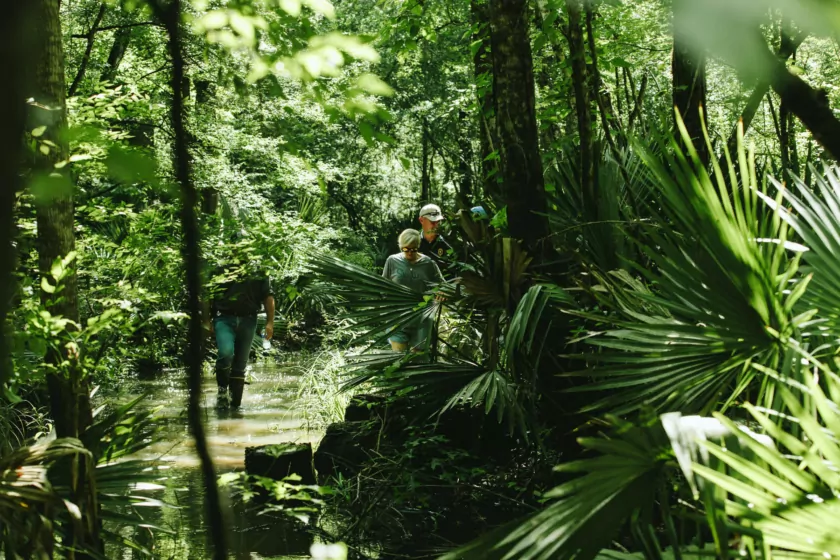
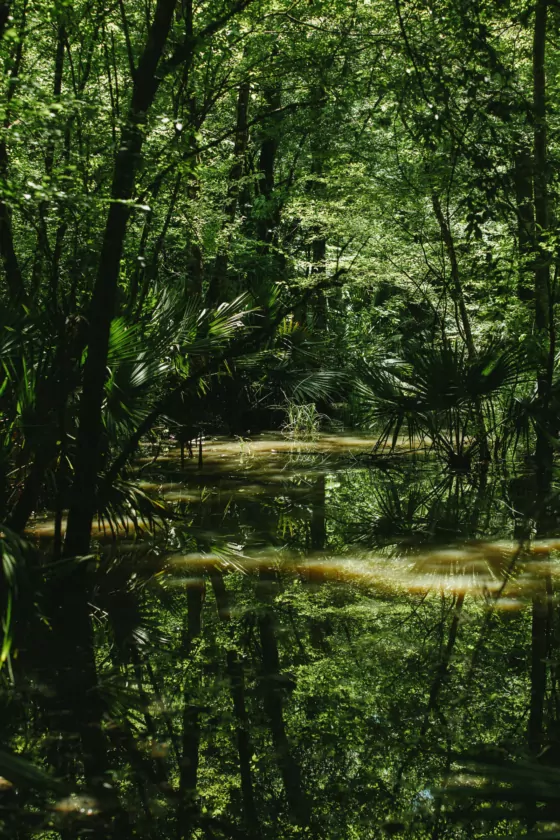
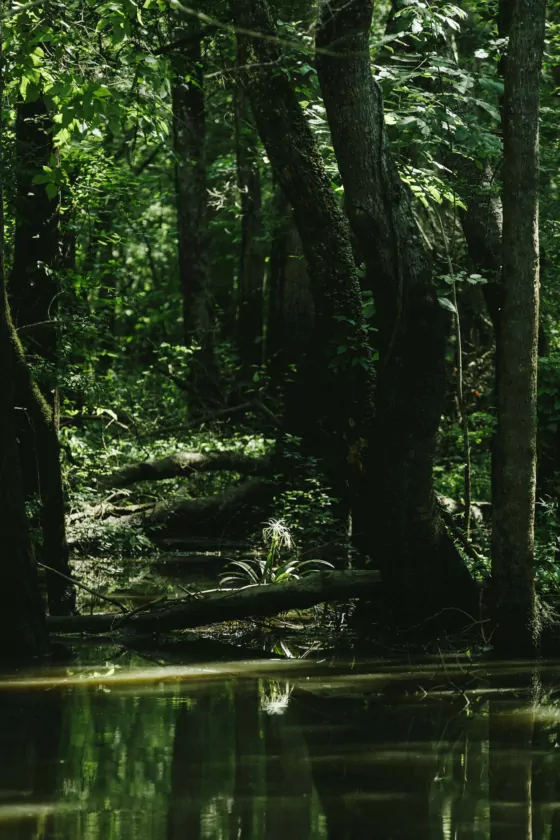
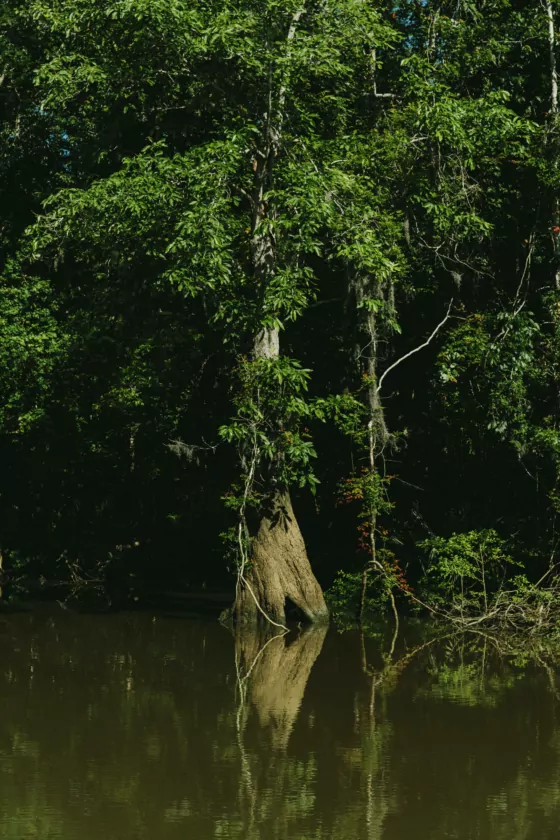
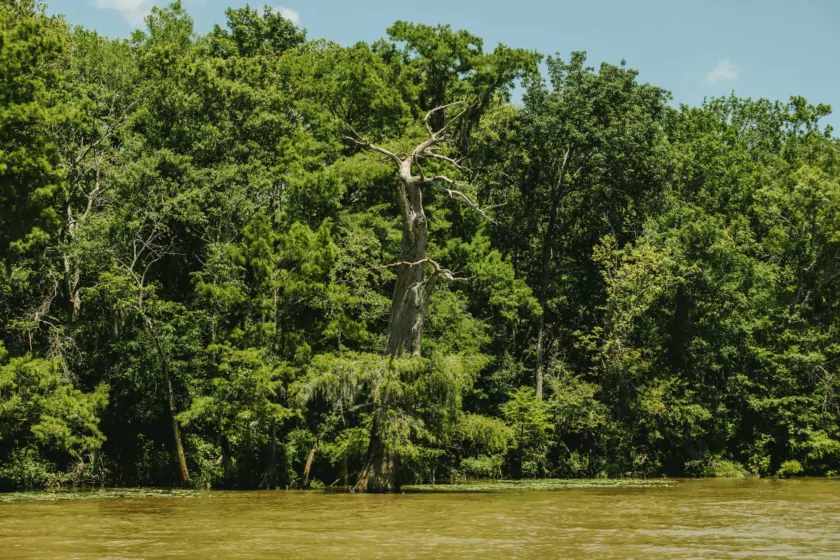
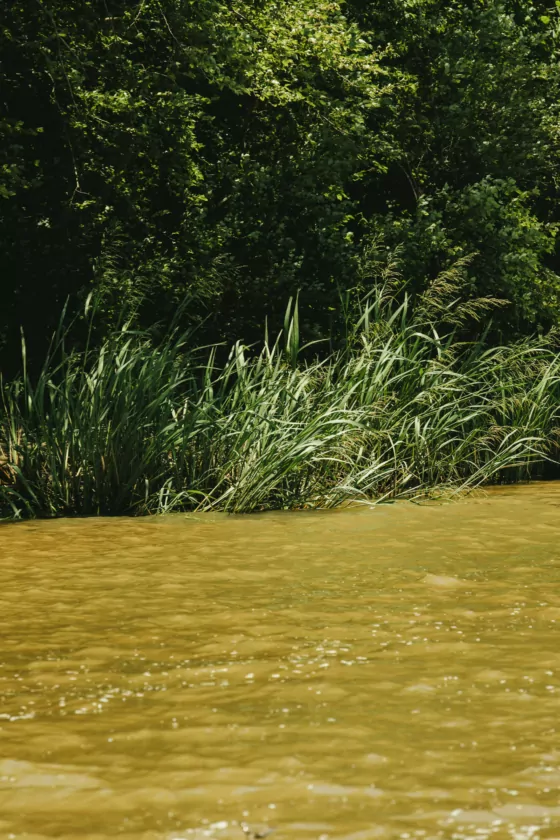
Still Lessons to Learn
Oberholster and Powers identify trees flanking the slice of water we’re traveling — “Look, that’s river birch. That’s a silver maple, right?” — explaining the way specialized plant communities adapted to live on the raised area of sediment deposited on the banks.
E.O. Wilson, the famed father of ecology and conservation, spent his childhood discovering the delta and often claimed it taught him everything he needed to know about nature. The flora and fauna flying, swimming, slithering, buzzing and blowing in the breeze today continue to stoke curiosity. “We still know very little; there haven’t been comprehensive delta studies done until now,” Powers says. Working with a scientist who grew up in Brazil’s Amazonian rain forest, an expert in fish and alligators and a water geo-chemist, alongside TNC, he and his team hope to capture this missing big-picture view.
We already know the delta plays a crucial role in the coastal environment. Alabama’s multiple rivers share one massive watershed always on its way down to Mobile Bay. “It’s simple,” says Meador. “The delta functions as a giant kidney. All the silt and soil with its nitrogen and phosphorous [which can cause destructive algae blooms and fish kills] running into the rivers above it drains into the delta, where its vegetation removes some of the harmful elements.” This filtering function is vital as more pavement and more rooftops prevent rainwater from soaking into the ground. The rivers also feed the delta with beneficial nutrients, creating fertile nursery grounds nurturing numerous saltwater species. “Combined with the Mississippi River Delta, our delta fuels the most productive seafood and energy market in the United States,” Powers adds.
Always Alive
The web of life the delta supports dates back millennia. Jeremy Doss, chief enforcement officer for Alabama State Lands, shares history of the Mississippian Stage Indian mounds tucked deep in the woods, as we push through patches of saw palmetto and muscadine vines in a single-file march to reach them. “There were as many as 30,000 Native Americans who came seasonally to hunt and fish during waterfowl and fish migrations, and they were coming up until the 1700s,” he says.
Centuries later, their burial and ceremonial mounds built from clay and dirt they ferried down river remain, although it takes concentration and a long look through dancing shapes of dappled sunlight to make out their forms. And there’s more evidence of habitation; shards of pottery, some embossed with intricate designs, and stone and bone carved into tools litter the ground. “This was a vibrant spot; we can just move leaves in some spots and find artifacts,” Jeremy says.
The delta’s cultural importance isn’t relegated to history. The city of Stockton built up around delta-related activities. Families from Mobile and other bayside communities continue to flock to tin-topped, floating fish-camp cabins as they have for generations. A common social thread stitches together people who live near and play on the delta. “Part of our work is tapping into the wealth of traditional knowledge these folks have,” Powers says.
More to Do
While much of the delta is in trust, it still faces challenges. “That’s why we bought the piece we did,” says Mitch Reid, TNC’s Alabama state director. The land resting between the Tombigbee and Alabama Rivers right before they converge caps the entire delta landscape. “If we don’t protect this tract, it could threaten the areas farther south that are already protected,” Reid says. “Logging or other development here would be an ecological travesty.”
If we don’t protect this tract, it could threaten the areas farther south that are already protected. Logging or other development here would be an ecological travesty.
Mitch Reid, TNC’s Alabama state director
The delta keeps evolving, but understanding how and why informs better policies for its future. Meador believes everyone should have a say. “That’s one reason I took people into the delta. I didn’t charge a whole lot. I wanted people to see it, to feel what I’ve felt. This place is for everybody to enjoy,” he says.
His affection doesn’t waver even as he mourns what’s lost. “I’ve loved every minute I’ve ever spent in it, and my grandkids will never see what I saw. Some of that we can’t get back, but we can’t give up; we can save what we have.” Like the butter-yellow lotus flowers (their blossoms sometimes as large dinner plates) that carpet calm coves by the thousands each summer. “They’re still around and always a treat to see,” he says. “I remember taking a priest on a tour, and we were up in a bayou when they were in full bloom. I told him, this is my church.”
